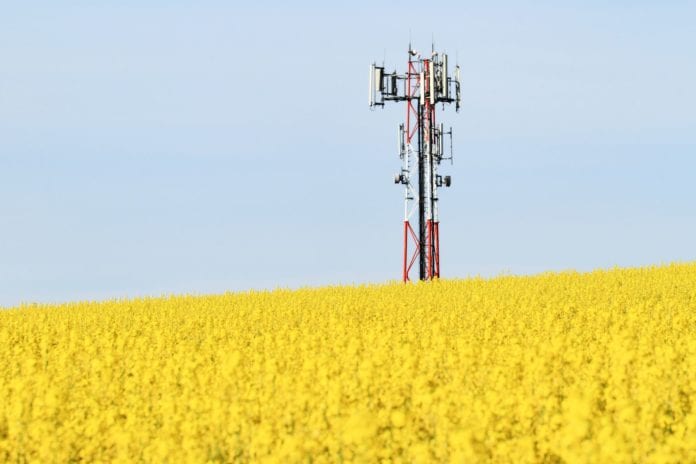CCA warns against “dangerous consolidation of critical new bands”
The Competitive Carriers Association is staking out its positions on “5G” spectrum and siting, arguing that the Federal Communications Commission needs to ensure that national carriers don’t hoard millimeter wave bands, as well as ensure that federal rules support streamlined siting for 5G.
In particular, the CCA is concerned about Verizon’s spectrum position in millimeter wave, between its Straight Path transaction and its purchase of Nextlink.
“Should both transactions be approved without condition, Verizon would meet or exceed the screen established by the FCC’s Spectrum Frontiers Report & Order in nearly one-third of the counties in the United States, leaving less than 20% of the MHz-POPs available for competitive bidding in the 28 and 39 GHz bands,” said CCA President and CEO Steven K. Berry in a statement, adding that “it is absolutely essential that the FCC look at the whole picture to provide access for all carriers seeking to offer next generation wireless services.”
Berry said that placing no conditions on Verizon’s transactions “would result in dangerous consolidation of critical new bands at the start of the race to 5G” and that Verizon would “control 54% of all 28 GHz spectrum, 38% of all 39 GHz spectrum and 45% of the combined 28 and 39 GHz spectrum on a MHz-POP basis – allowing Verizon monopolize the mmW marketplace to the detriment of consumers, competition, and the economy.”
CCA also filed comments today on federal siting rules, asking the FCC to consider improvements such as shortening shot clocks and reforming historic and environmental review in order to boost broadband deployment in rural and underserved areas. CCA encouraged the FCC to look at legislation adopted by states such as Virginia, Ohio and Texas that has addressed small cell deployment streamlining as “clear indication for the need to improve federal siting rules” in order for the U.S. to be a leader in 5G networks.
Image copyright: nneirda / 123RF Stock Photo

